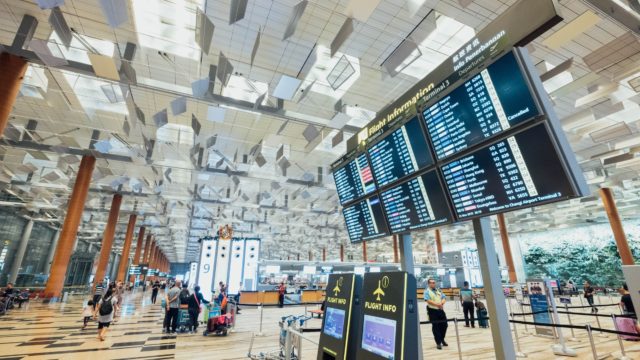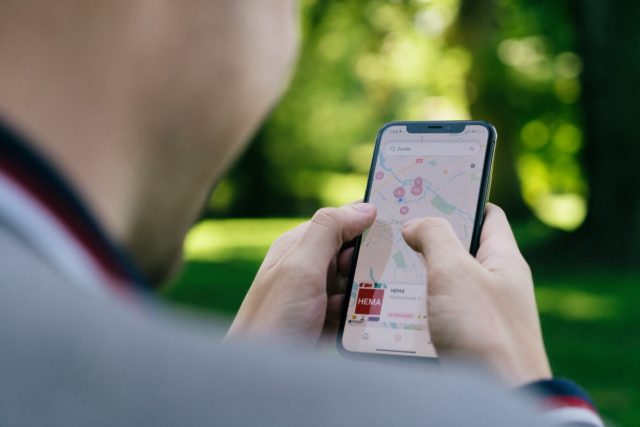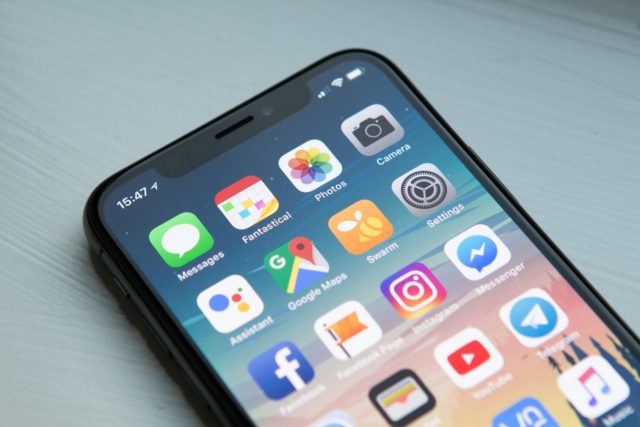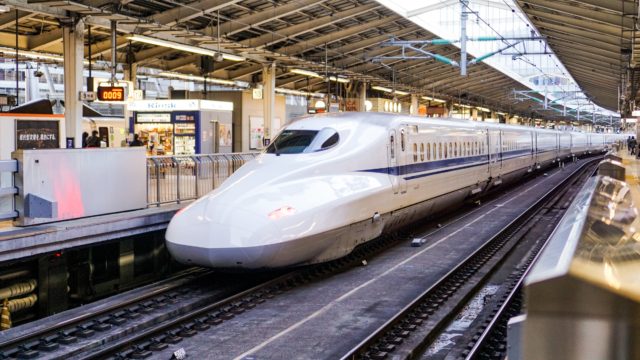Living in this modern era, we are accustomed to our fast-paced lifestyles. Lifestyles which are based on convenience and efficiency. To be able to have this, technology has had to be accepted into our daily lives. In the most recent decades, this technology has evolved at light speed, and with it, the world in general has undergone drastic change. Very few aspects of the world have been untouched by this growth. Least of all travel. We now find ourselves at the point where travel has embraced the advancements, leaving it unrecognisable to what came before. These changes have been wide-reaching, and have affected how the average tourist plans and takes part in a trip. Here are some of the main ways we can see this shift.
Technology and Transport
Just a quick walk through an airport and we can see the impact of technology.
Passport scanners render real workers useless, with lines of people quickly passing through without having to talk to anyone. This ensures all passports are checked and logged, while saving time and money through not having to pay a wage.
Planning and buying flight tickets has now become a smoother experience too. After a few clicks online, we can buy our chosen spot on the plane, and our in-flight meal. Instead of needing paper plane tickets, we now get sent e-tickets on our phones. Paper tickets are now redundant. This saves paper, and allows us to keep everything organised easily.
After arriving at our destination, and a fairly smooth trip through customs, it’s now time to get to our hotel or accommodation. Buses and trains can now be tracked and fairs payed for online. Gone are the days of scrambling around the airport looking for scraps of information on transport. No need to waste money on a shuttle or taxi, public transport is now accessible to all online.
Navigation, Communication and Technology
Anyone who has been abroad without the convenience of a phone or other portable smart device knows the struggle of trying to get directions.
Using the few token words we know in the local language and desperate hand gestures, it can be an embarrassing experience while trying to find your way around. Now however, the need for awkward interactions is gone.
With tools like Google maps, we have all we need. We can plan our travel journeys, follow directions and find our current location with ease. This has ensured that tourists stay safer and get to their locations without worry.
But, we can’t avoid communicating with locals forever, at some point a conversation will be required. But fear not!
Translating apps and websites have revolutionised the way we talk to those who don’t speak our language when we travel. No foreign dictionaries needed. Many of these handy services even have an option to play a foreign phrase out-loud. Tourists can now be understood clearly without too much misinterpretation, and can converse back with relative speed and accuracy.
Booking our Holidays
For most, booking a holiday was a long, drawn out affair. A visit to a travel agent and package holidays with little personalisation was a familiar occurrence. It wasn’t uncommon to spend more money on a trip than what was necessary, just accepting the package out of convenience.
Now, the countless apps and websites mean a holiday can be planned from the comfort of the home. Tickets for planes, trains and events can be booked online without hassle. We can browse and compare hotels, and keep our information about them organised. We even have the option of using websites that compare prices for us, and find the best deals.
Apps are also available to rent apartments or houses for a period of time. These bookings are often much cheaper than hotels, and are perfect for city escapes. Many also allow pets, so our furry friends can travel with us also.
Though many still use travel agents to plan their holidays, the growing popularity of online booking means more and more people manage to get holidays personalised to their travel needs. All thanks to technology.
The New Way to Travel
With the explosion of even more impressive technology, the actual vehicles we use to travel have also developed.
Due to the rise of very large jet planes, the number of tourists which can be carried at once is increasing with each launch of a new plane. The worlds largest airliner, the Airbus A380, has a typical seating capacity of 525 people.
This means more people can travel at any one time, meaning tickets are less exclusive, and therefore cheaper.
On land, we also see new technology being implemented for travel.
High-speed rail networks, like Japan’s famous bullet trains, are popping up all over the world. Travelling at over 150 mph, new high speed rails decrease travel time by a significant margin.
Because of this, trips get extended due to lack of travel time. Also, faster trains mean people get to destinations quicker. And so, ticket prices can be decreased because demand is not as high.
 The Future of Travel Technology
The Future of Travel Technology
It would not be hard to believe that some time in the near future, new and exciting innovations may once again change the face of travel. Accessibility is the key. With the rise of these new improvements, soon most people will have access to more resources for travelling. We may see new forms of transport, new trends in destinations, new apps and websites for trip planning. The possibilities for technological improvement in the travel sector are endless.
Embracing this evolution is the only way the process can carry on. We must continue forward. The only limits are those which we put there ourselves.






 The Future of Travel Technology
The Future of Travel Technology